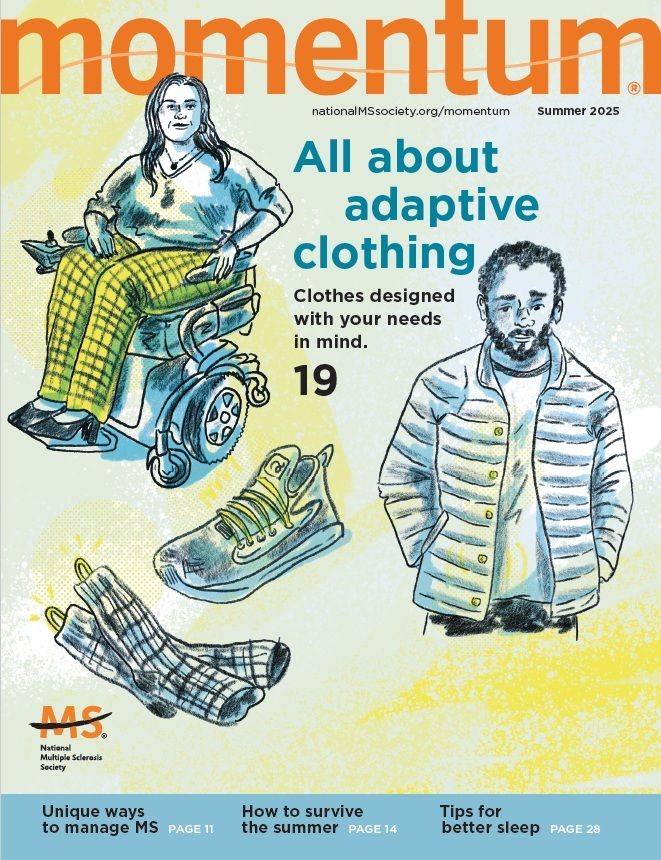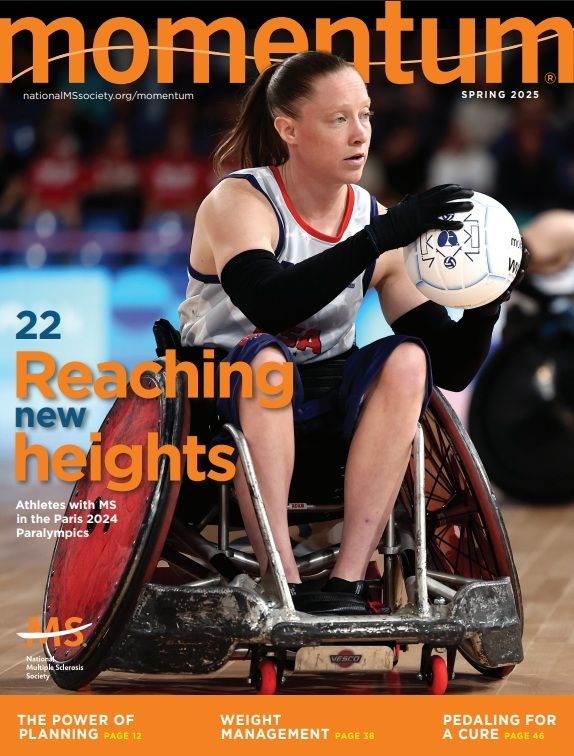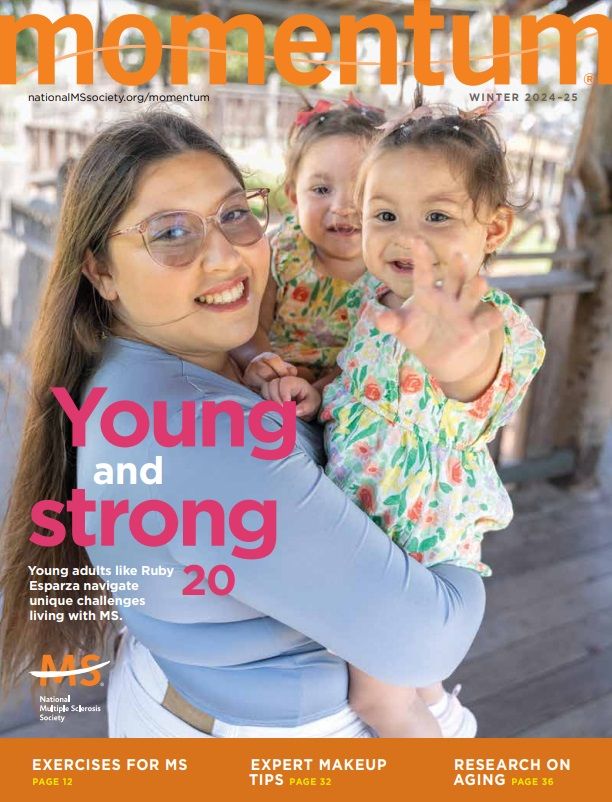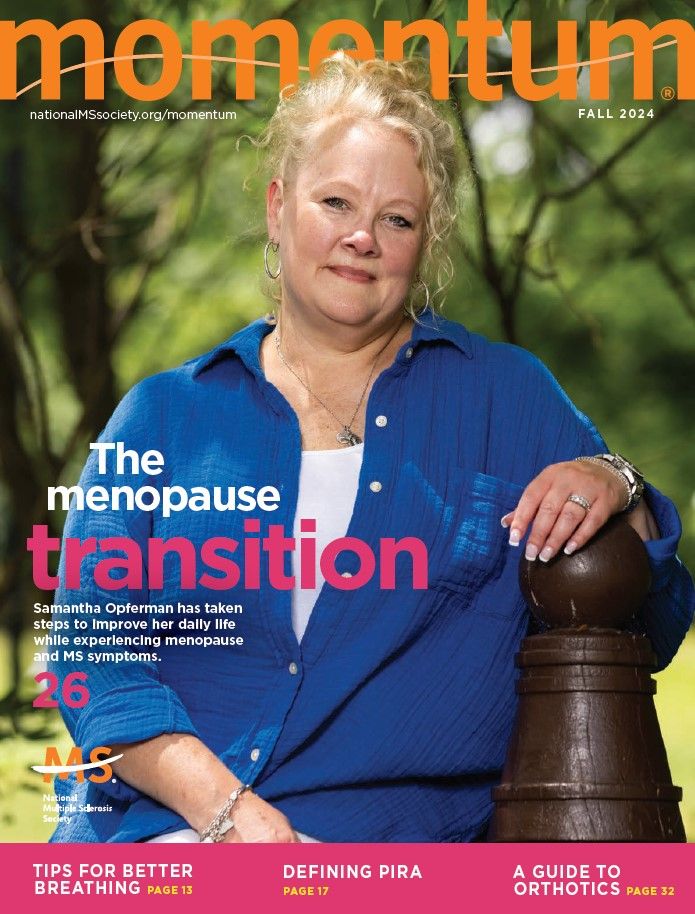At Home With MS
Affordable, accessible apartments designed just for people with MS make life easier for them.
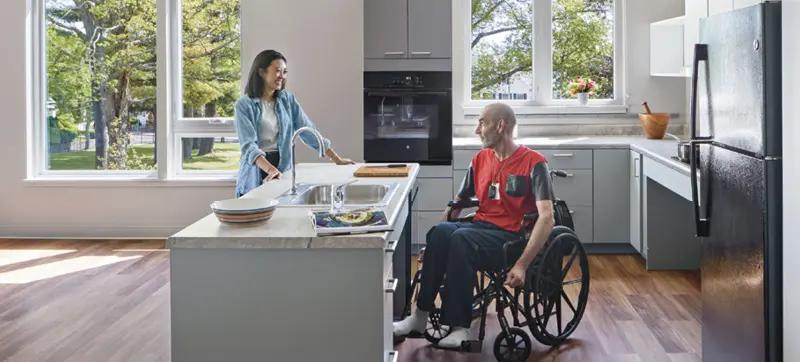
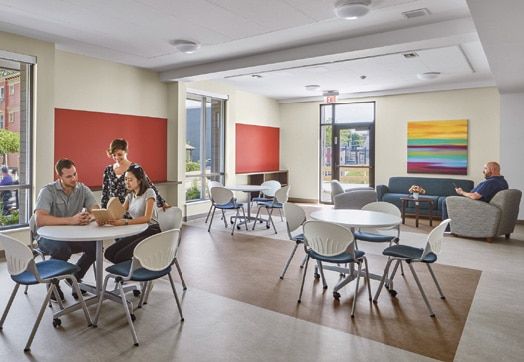
Building Independence
Kingsley Commons was developed jointly by nonprofit housing developer CommonBond Communities and local partner the Powderhorn Community Council, who teamed up to build the $2.9 million project using a combination of public and private funds.Although not everyone celebrated it — critics decried Kingsley Commons for segregating people with disabilities and said developers should build blended residences instead—many people who got wind of the concept loved it. Among them: Ken Regan, vice president of Regan Development Corp., an Ardsley, New York-based developer of affordable housing. After being diagnosed with MS himself in 2003, he began researching the MS community and discovered what he believed was a major housing gap.“There are a lot of people out there who have physical and cognitive disabilities that arise out of their MS, but they’re not so disabled that they need to be in a nursing home,” Regan says. “I had the idea to create specialized housing for those people to enable them to thrive in a more independent setting.”Regan visited Kingsley Commons for inspiration and research, and subsequently has built six communities in New Jersey and Connecticut that are reserved either wholly or in part for people with MS.
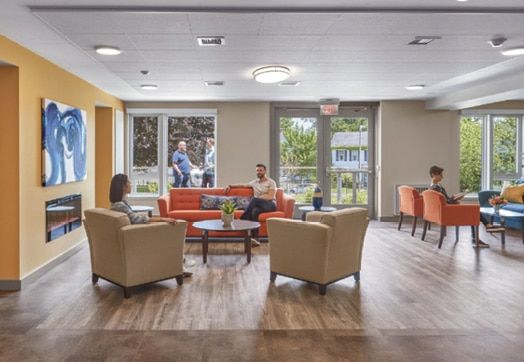
Home Sweet Home
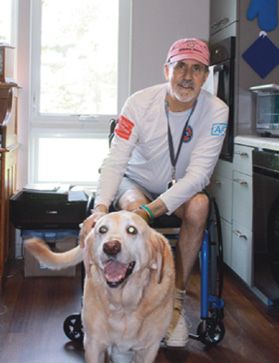
Creating Community
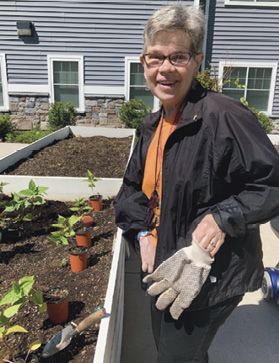
A New ‘Lease’ on Life
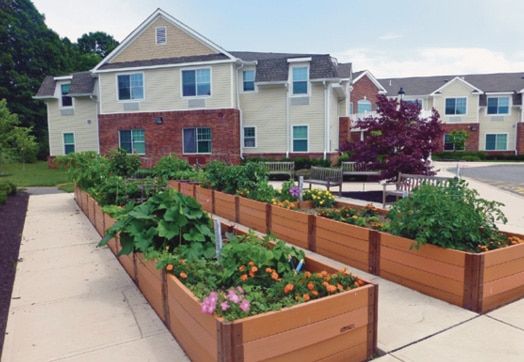
No Place Like Home
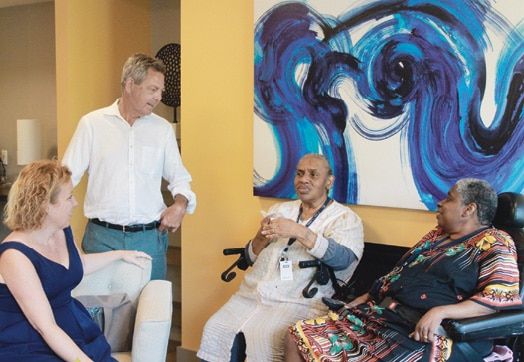
According to the Society, there are currently about 15 listings in Connecticut, Kansas, Massachusetts, Minnesota, New Jersey, Ohio and Pennsylvania. Of course, low supply means high demand. As a result, communities often have long wait lists. Residents who get an apartment typically rely on a mix of luck and need. When she applied for residency at Kingsley Commons, for example, Stellmacher says apartments were awarded on a first-come, first-served basis. Novak says the same was true for her at Kershaw Commons. For Harmon Apartments, on the other hand, The Boston Home held a lottery; applicants with disabilities were given priority and moved to the top of the list along with Boston residents, and those who were chosen had to complete an interview and supply a doctor’s note attesting to their physical needs.Newer communities like Harmon Apartments are a sign that Regan’s vision is alive and well. “It’s been a thrilling experience talking to residents who live at Harmon Apartments and seeing how their lives have changed because of it,” says Marva Serotkin, former CEO of The Boston Home. “When people need accessible space and don’t have it, their lives are defined by inaccessibility. But now the windows are open and the doors are open, and they can come and go as they please. It just gives people a lot more options in their lives.”







